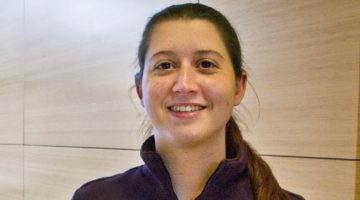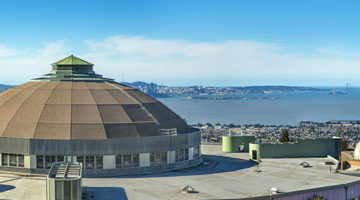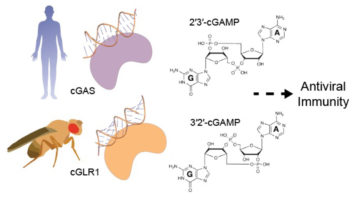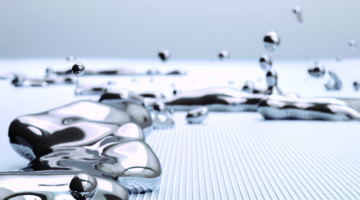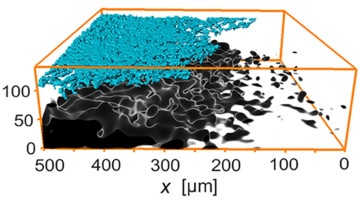Alyssa Brand recently joined the ALS safety team. She’s not new to the Lab—she previously worked at the Molecular Foundry and in the EH&S Division. She is excited to join the ALS and learn more about all the science going on here. Read more »
Update on Long-Term Operating Schedule
The operating schedule for the 2022-1 cycle has been published. The next long shutdown is expected to begin in January 2022 and last until mid-March. In the second cycle of 2022, we expect to have a total of eight weeks of shutdown time. The most up-to-date information on the current schedule and future outlook can always be found on the Operating Schedule web page. Read more »
Kenneth Goldberg Named 2022 Optica Fellow
Kenneth Goldberg, a staff scientist at the ALS and with the ALS-U Project, has been elected a 2022 Fellow of Optica (formerly OSA). His recognition is “for seminal contributions to the development of x-ray optics for applications requiring coherent light.” Read more »
2021 Highly Cited Researchers
Clarivate recognizes the true pioneers in their fields over the last decade, demonstrated by the production of multiple highly-cited papers that rank in the top 1% by citations for field and year in the Web of Science™. Congratulations to Jinghua Guo, Zahid Hussain, Sung-Kwan Mo, and Wanli Yang! Read more »
Doctoral and Postdoctoral Fellowship Applications Open Nov. 1
The ALS’s commitment to recruiting a vibrant, diverse, and talented workforce is paramount to promoting a diverse lab community. To support the next generation of researchers, we have two types of fellowships to fund research at our facility. Applications for the doctoral and postdoctoral fellowships will be accepted November 1–December 1. Read more »
Wanli Yang, RIXS Senior Scientist
Wanli Yang was recently honored as an American Physical Society fellow and is a member of an R&D 100 award-winning team for the second time. He credits his love of physics with a total accident—reading a book he borrowed from a classmate in high school! Read more »
Sounding the Antiviral Alarm: A New Family of Immune-System Sensors
Comparison of enzyme structures from humans and insects revealed a new family of evolutionarily related immune-system sensors, triggered by viral RNA or DNA to produce tailored signals that initiate antiviral action. The results shed new light on the diversity and development of immune defenses in animals. Read more »
The Elusive Electronic Structure of Liquid Metals Unveiled
Over 50 years ago, renowned physicists formulated theoretical models for the electronic structure of liquid metals. Now, for the first time, researchers observed the distinct spectral features predicted by those models, at the interface of a crystalline insulator (black phosphorus) and disordered dopants (alkali metals). Read more »
Summer 2021 Shutdown
Last week the ALS returned to user operations after its summer shutdown. A lot of work was accomplished, including several large projects in the storage ring and maintenance and updates for the accelerator and beamlines. Read more »
3D View Reveals Shadow Effect after Rapid Battery Charging
Using 3D x-ray microtomography, researchers measured the lithiation levels of particles in Li-ion battery electrodes during charging. At faster charging rates, lithium metal accumulated on the electrode surface and created a “shadow effect,” a region of poor lithiation in the electrode at some distance away from the lithium plating. Read more »
- « Previous Page
- 1
- …
- 14
- 15
- 16
- 17
- 18
- …
- 27
- Next Page »
